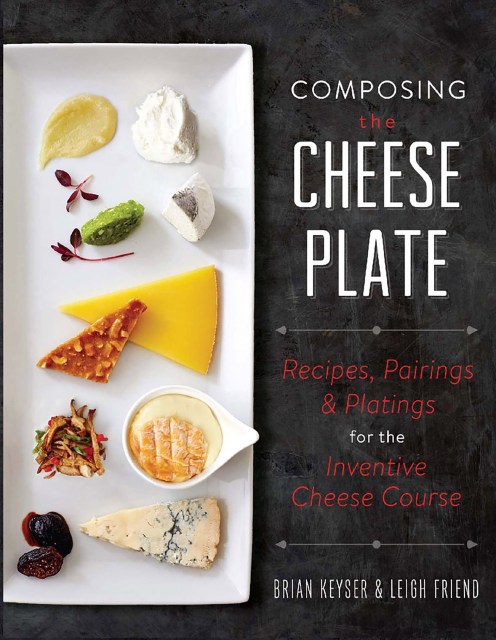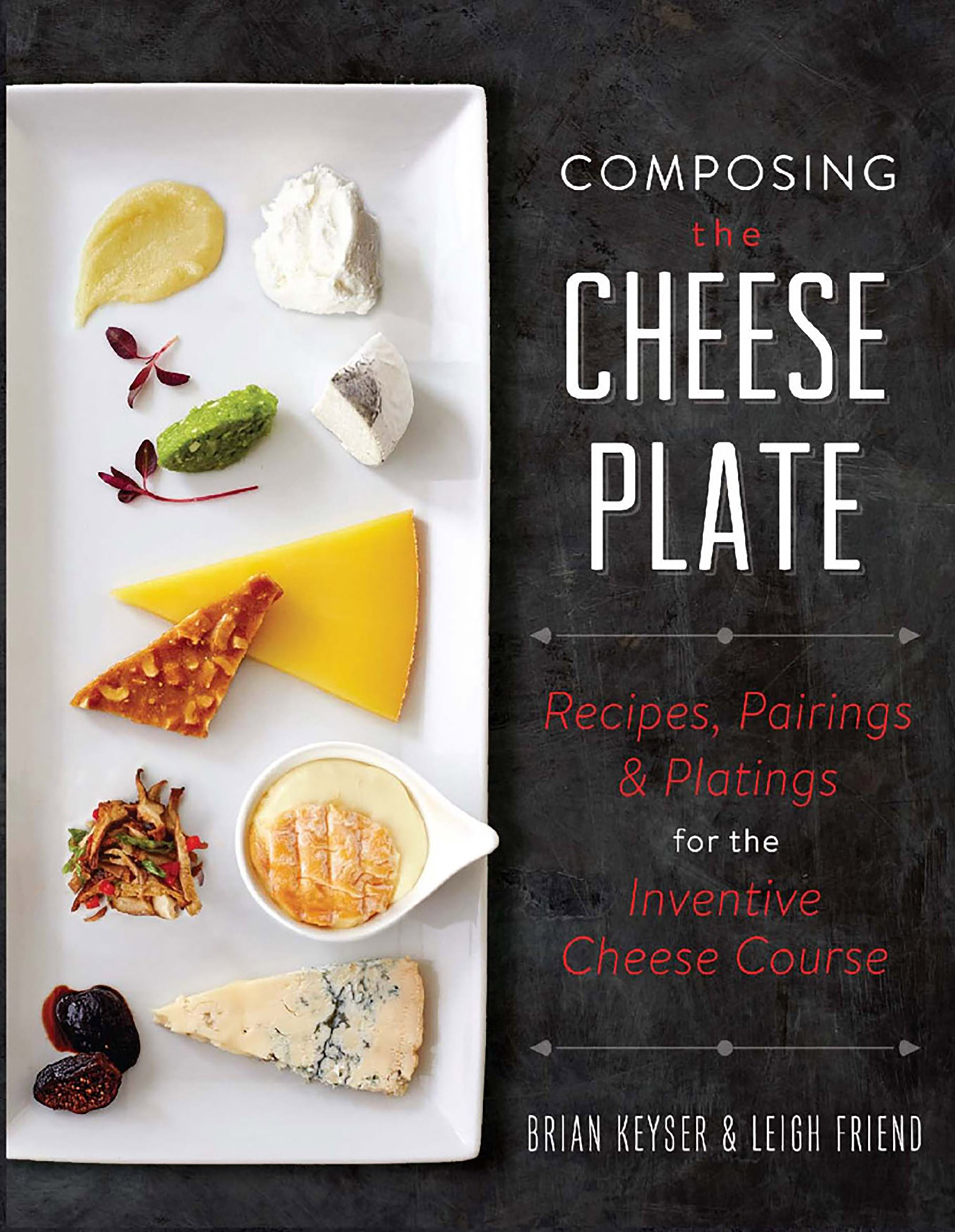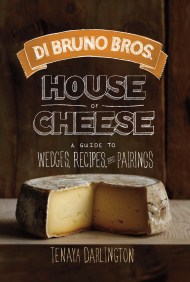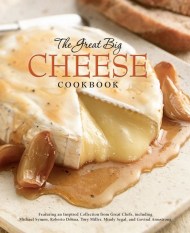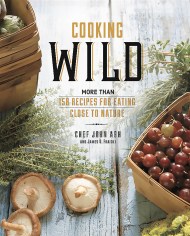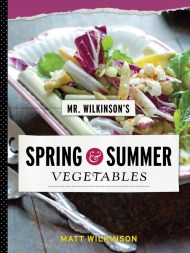Promotion
Use code MOM24 for 20% off site wide + free shipping over $45
Composing the Cheese Plate
Recipes, Pairings, and Platings for the Inventive Cheese Course
Contributors
By Brian Keyser
By Leigh Friend
Formats and Prices
Price
$12.99Price
$16.99 CADFormat
Format:
- ebook $12.99 $16.99 CAD
- Hardcover $27.00 $34.00 CAD
This item is a preorder. Your payment method will be charged immediately, and the product is expected to ship on or around September 13, 2016. This date is subject to change due to shipping delays beyond our control.
Also available from:
Cheese need not stand alone! Composing the Cheese Plate isn’t just another cheese book — it’s a gateway into the wonderful world of pairing and plating your favorite cheeses with dozens of sweet and savory condiments. Fromager Brian Keyser and pastry chef Leigh Friend provide inventive recipes that go way beyond the average crackers and jam. Instead, think chutneys, pestos, purees, whole grain mustards, fruit curds, nut brittles, pickles, honeys, and more!
Included are 70 recipes for cheese accompaniments and the philosophy behind pairing flavors, notes on affinage, seasonality, and presentation, a cheese cutting guide, cheese and condiment pairing guides, and everything you’d ever want to know about cheese so you can create impressive, unique cheese boards for your next party or gathering.
Genre:
- On Sale
- Sep 13, 2016
- Page Count
- 192 pages
- Publisher
- Running Press
- ISBN-13
- 9780762461103
Newsletter Signup
By clicking ‘Sign Up,’ I acknowledge that I have read and agree to Hachette Book Group’s Privacy Policy and Terms of Use
